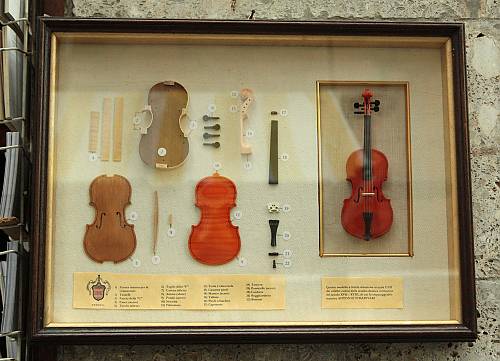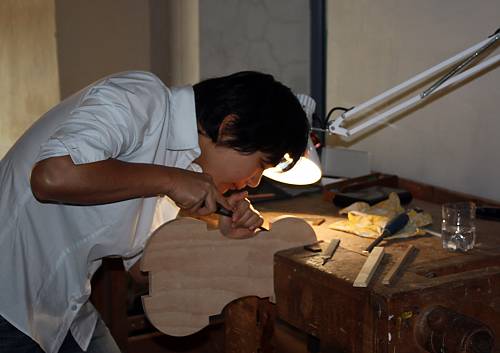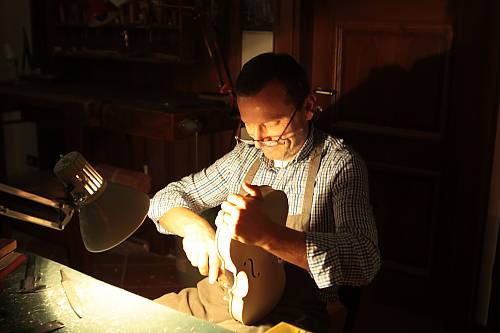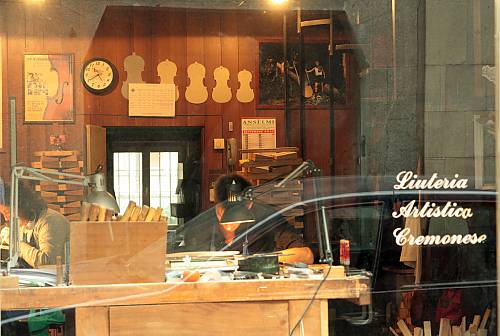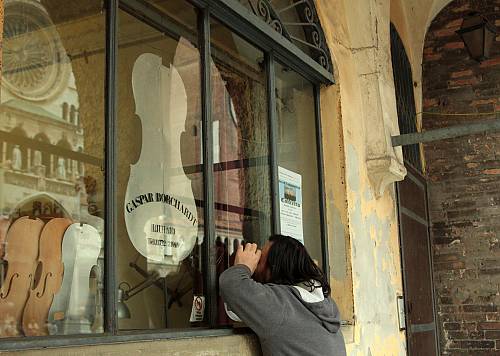Traditional violin craftsmanship in Cremona
Inscribed in 2012 (7.COM) on the Representative List of the Intangible Cultural Heritage of Humanity

Cremonese violin craftsmanship is highly renowned for its traditional process of fashioning and restoring violins, violas, cellos and contrabasses. Violin-makers attend a specialized school, based on a close teacher-pupil relationship, before being apprenticed in a local workshop, where they continue to master and perfect their techniques – a never-ending process. Each violin-maker constructs from three to six instruments per year, shaping and assembling more than 70 pieces of wood around an inner mould by hand, according to the different acoustic response of each piece. No two violins are alike. Every part of the instrument is made with a specific wood, carefully selected and naturally well seasoned. No semi-industrial or industrial materials are used. Craftsmanship requires a high level of creativity: the craftsperson has to adapt general rules and personal knowledge to every instrument. Cremonese violin-makers are deeply convinced that sharing their knowledge is fundamental to the growth of their craftsmanship, and dialogue with musicians is deemed essential so as to understand their needs. Traditional violin-making is promoted by two violin-makers’ associations, ‘Consorzio Liutai Antonio Stradivari’ and ‘Associazione Liutaria Italiana’, and is considered fundamental to the identity of Cremona, its citizens, and plays a fundamental role in its social and cultural practices, rituals and events.
